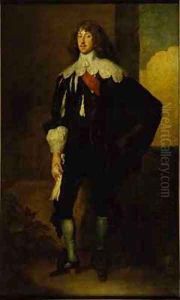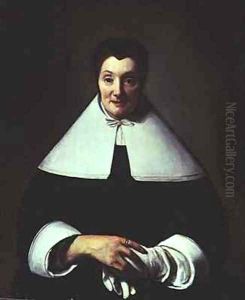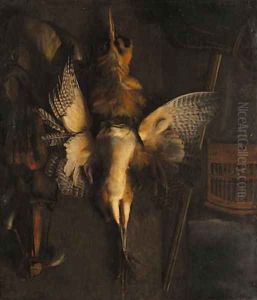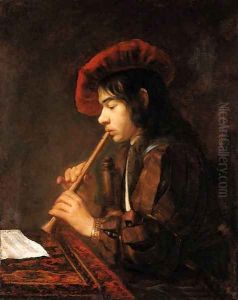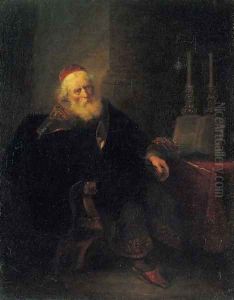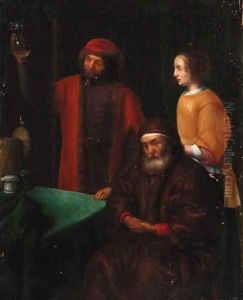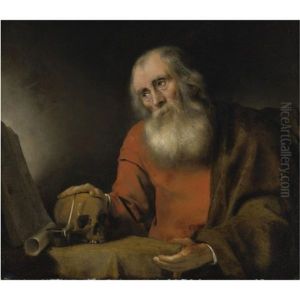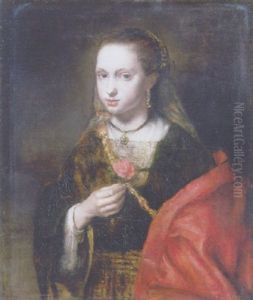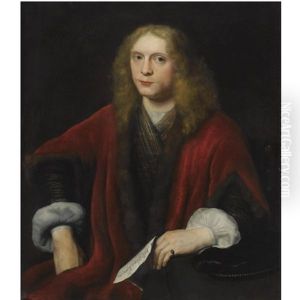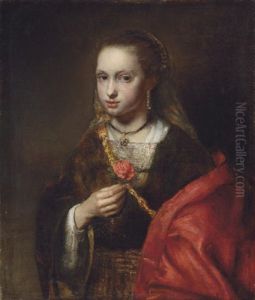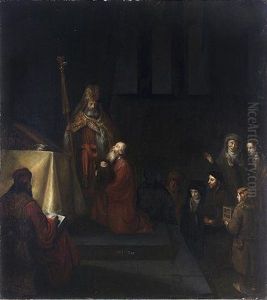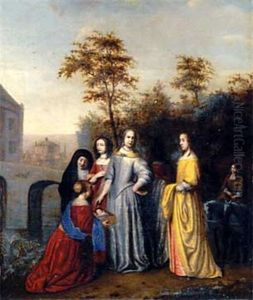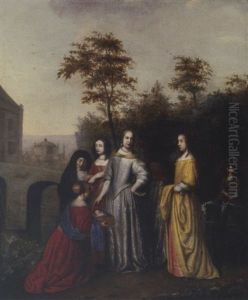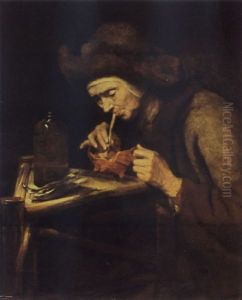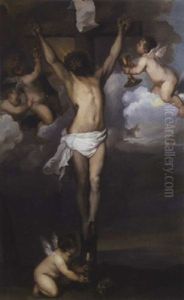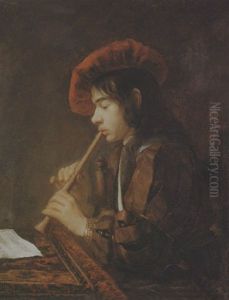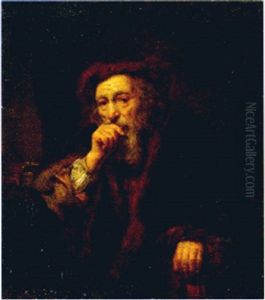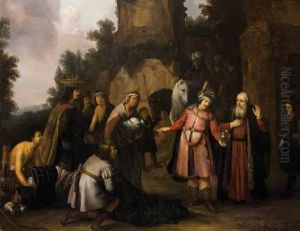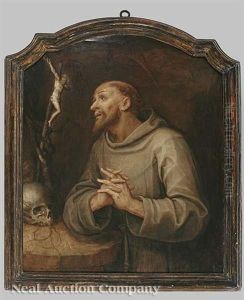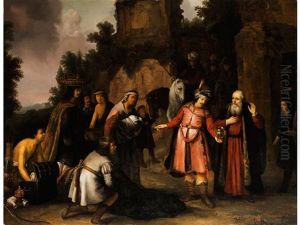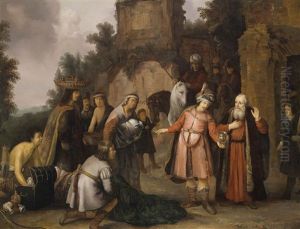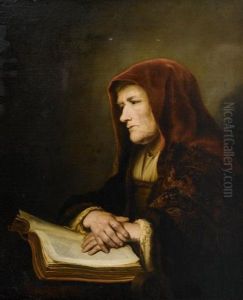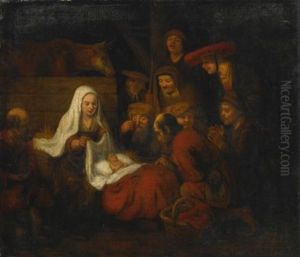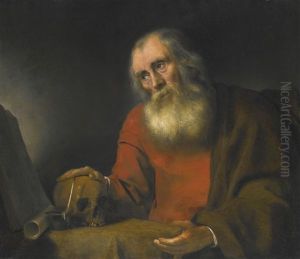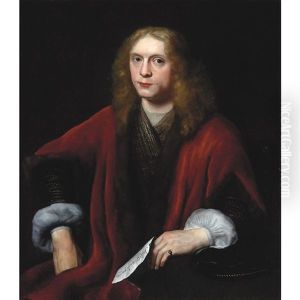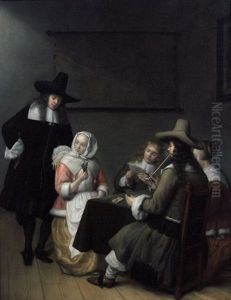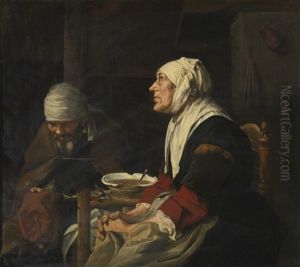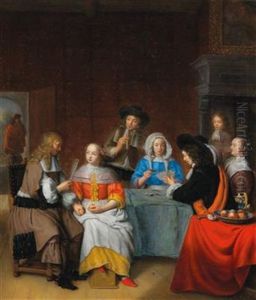Abraham Van Dyck Paintings
Abraham van Dyck was a Dutch painter who lived during the 17th century, a period renowned for the Dutch Golden Age of painting. Born in 1635, he was part of the prolific van Dyck family, which included several artists, although he is not directly related to the more famous Flemish painter Anthony van Dyck. Abraham's work primarily focused on biblical and mythological scenes, portraits, and some genre paintings, reflecting the era's artistic interests and the influence of his contemporaries.
Van Dyck's career was predominantly based in the Netherlands, where he developed a style that, while influenced by the grandeur of Flemish Baroque, was distinctly imbued with the more intimate and detailed qualities characteristic of Dutch art of the time. Despite the common confusion with Anthony van Dyck due to their shared surname, Abraham's body of work is recognized for its unique contributions to Dutch painting. His paintings are noted for their careful attention to detail, use of light, and the emotional depth of his subjects.
Throughout his relatively short life—he died in 1672 at the age of 37—Abraham van Dyck's work was appreciated for its artistic merit, although he did not achieve the same level of fame as some of his contemporaries. Today, his paintings can be found in various art museums and collections around the world, contributing to our understanding of the Dutch Golden Age's artistic diversity. Despite the challenges of distinguishing his work from that of others with similar names, Abraham van Dyck remains a respected figure in the history of Dutch art, celebrated for his skillful execution and the quiet intensity of his compositions.
